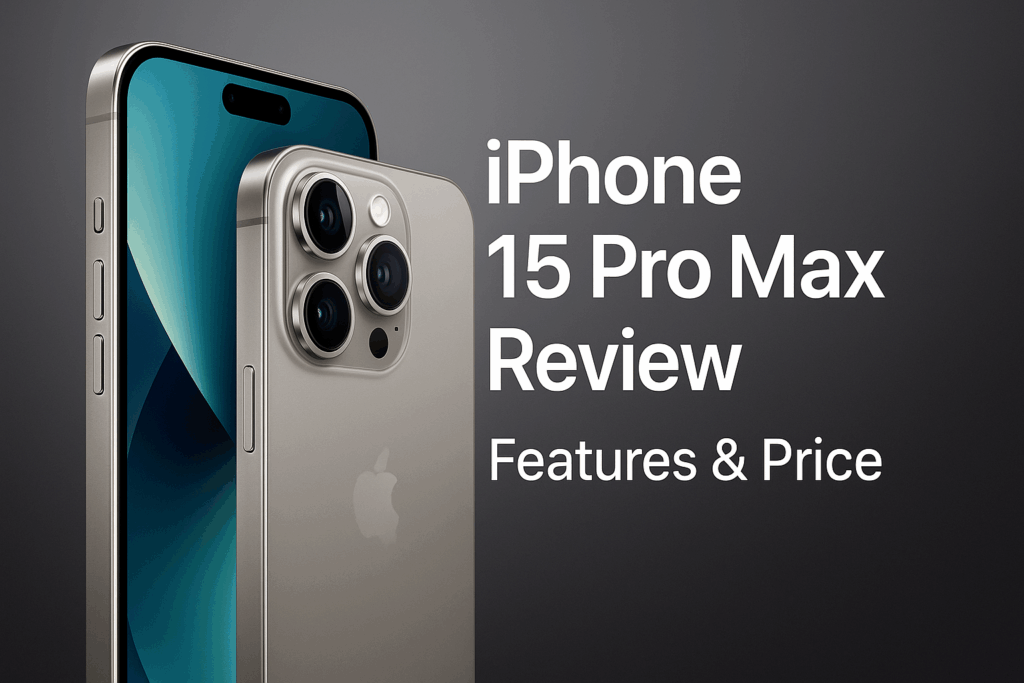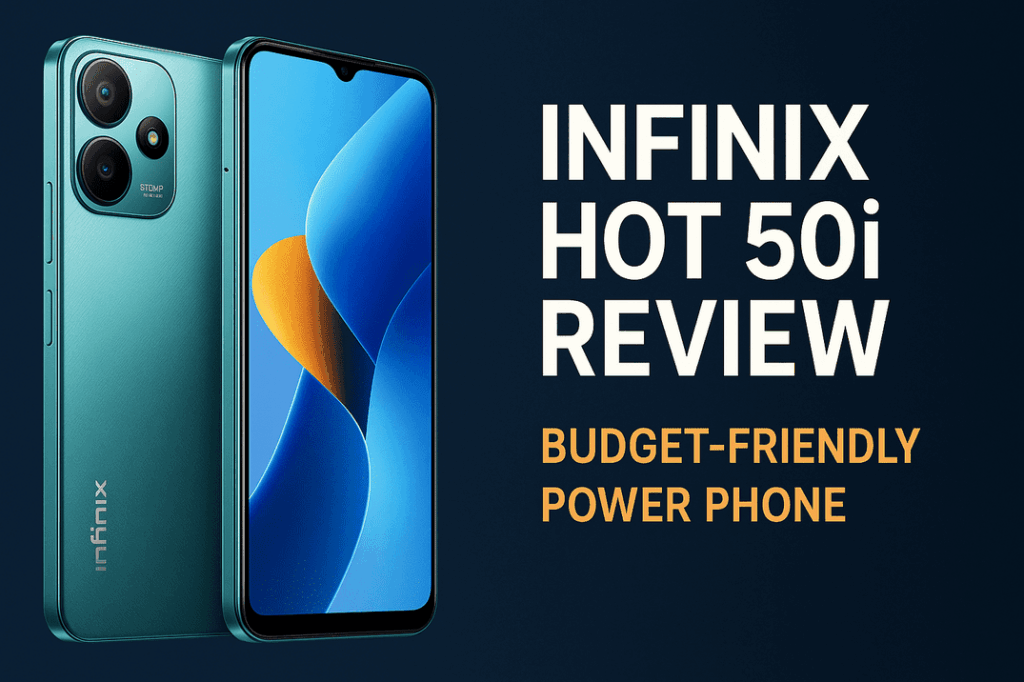In the fiercely competitive smartphone market, Apple’s iPhones have long been synonymous with performance and optimization. But in 2025, several Android contenders are outshining iPhones — not only in processing power but also in battery life and intelligent thermal management. This guide explores five flagship Android smartphones that surpass iPhones in key areas where it matters most: raw performance and battery endurance.
1. ASUS ROG Phone 8 Pro: Built for Extreme Performance
The ASUS ROG Phone 8 Pro is designed for gamers, but its performance benefits everyone. Armed with the Snapdragon 8 Gen 3 chipset, advanced cooling, and up to 24GB of RAM, it easily beats the iPhone 15 Pro Max in sustained performance tests.
- CPU & GPU: Snapdragon 8 Gen 3 with Adreno 750 GPU
- Battery: 5500mAh with 65W fast charging
- Benchmark: Consistent top-tier scores in AnTuTu and Geekbench
The ROG Phone 8 Pro also features an advanced vapor chamber cooling system, which maintains peak performance for longer durations without throttling — a key advantage over iPhones under prolonged workloads.
2. Xiaomi 14 Ultra: Performance with Flagship Refinement
The Xiaomi 14 Ultra balances raw power and polished software, leveraging its Snapdragon 8 Gen 3 processor and HyperOS optimizations.
- CPU: Snapdragon 8 Gen 3
- Battery: 5000mAh, 90W wired, 50W wireless charging
- Special Feature: Intelligent Power Management (IPM) algorithm
With better sustained multitasking and faster charging than iPhones, the Xiaomi 14 Ultra is a beast when it comes to both productivity and battery life — particularly for power users and content creators.
3. Samsung Galaxy S25 Ultra: Refined Powerhouse
Samsung’s latest flagship, the Galaxy S25 Ultra, is packed with AI-assisted performance tuning and one of the most power-efficient screens in the industry.
- Chipset: Exynos 2500 or Snapdragon 8 Gen 3 (region dependent)
- Display: QHD+ Dynamic AMOLED with adaptive 1–120Hz refresh rate
- Battery: 5100mAh with 65W wired fast charging
Its combination of intelligent display optimization and low thermal output helps the Galaxy S25 Ultra edge out iPhones in battery longevity and multitasking responsiveness.
4. OnePlus 12 Pro: Blazing Speed with Excellent Efficiency
OnePlus continues to impress with its flagship killer legacy. The OnePlus 12 Pro is tuned to deliver peak Android performance while maintaining an exceptional user experience and strong battery credentials.
- Chip: Snapdragon 8 Gen 3
- Charging: 100W SuperVOOC wired, 50W wireless
- Battery: 5400mAh
In real-world usage, it beats iPhones in gaming sessions, app loading times, and overnight battery retention thanks to improved RAM-Vita memory management and thermal balance.
5. Honor Magic6 Pro: Intelligent Performance Optimization
The Honor Magic6 Pro leverages AI across the board — from CPU allocation to app preloading — helping it optimize performance on the fly. It adapts faster than the iPhone 15 Pro Max and even offers stronger endurance in heavy workloads.
- Processor: Snapdragon 8 Gen 3
- Battery: 5450mAh, 80W fast wired and 66W wireless charging
- Software: MagicOS with AI predictive resource scheduling
This AI-focused optimization enables it to deliver consistent results, especially when switching between heavy apps, gaming, and multitasking — all while consuming less power than iPhones.
Battery Life: The Unseen Battle
While Apple emphasizes power efficiency, its smaller battery capacities often result in shorter screen-on time compared to top Android contenders. With advancements in fast-charging, battery chemistry, and adaptive refresh rates, Android flagships now offer:
- Faster charging: Up to 100W vs. Apple’s ~27W
- Larger batteries: Averaging 5000mAh+
- Smart battery algorithms for efficient consumption
These improvements translate into all-day reliability, even under heavy use, making them a more practical choice for users who demand longevity and flexibility.
Performance Metrics Comparison
| Phone | Processor | RAM | Battery | Fast Charging |
|---|---|---|---|---|
| ROG Phone 8 Pro | Snapdragon 8 Gen 3 | Up to 24GB | 5500mAh | 65W |
| Xiaomi 14 Ultra | Snapdragon 8 Gen 3 | Up to 16GB | 5000mAh | 90W Wired |
| Galaxy S25 Ultra | Snapdragon 8 Gen 3 | Up to 16GB | 5100mAh | 65W |
| OnePlus 12 Pro | Snapdragon 8 Gen 3 | 16GB | 5400mAh | 100W |
| Honor Magic6 Pro | Snapdragon 8 Gen 3 | Up to 16GB | 5450mAh | 80W |
Why These Phones Outsmart iPhones in 2025
The iPhone 15 Pro Max and 16 series still dominate in ecosystem integration and camera consistency, but these Android phones have proven to be better choices in:
- Sustained Performance: Less throttling during long tasks
- Charging Speed: Lightning-fast recharge times
- Customization: More control over system behavior
- Thermal Efficiency: Cooler operation under load
- Battery Life: All-day+ usage with large batteries
Final Thoughts: Who Should Choose These Over an iPhone?
If your daily workflow involves gaming, multitasking, streaming, or remote work, these Android flagships offer tangible advantages in both power and battery management. While Apple’s iOS remains a polished and smooth experience, power users, travelers, and tech enthusiasts may find more value and endurance in these Android alternatives.
In 2025, the smartphone landscape is more competitive than ever — and the once unbeatable iPhone now faces Android contenders that are smarter, faster, and longer-lasting than ever before.
Which one would you pick? Let us know your thoughts in the comments or share this comparison with your fellow tech lovers!


